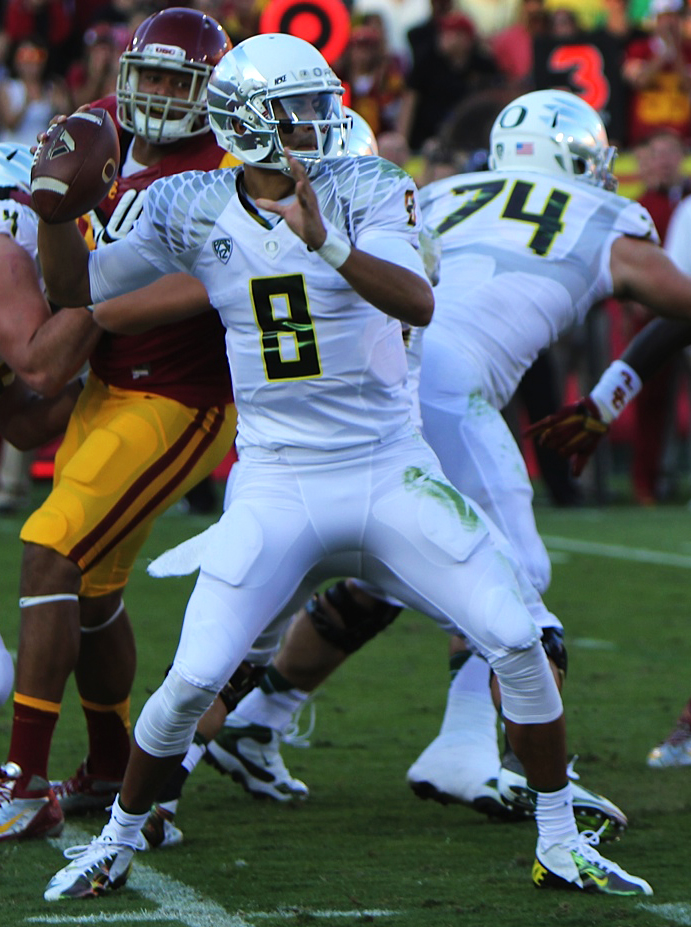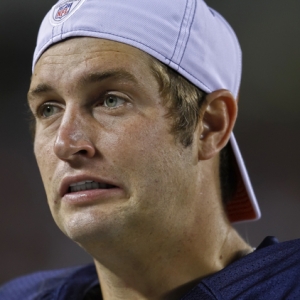Todd McShay at ESPN evaluates pass rushing prospect Vic Beasley:
“I’m not as high on Beasley as some others are, because I didn’t see any power element to his game on tape. I also have a hard time putting a top-15 type of grade on a defensive front-seven defender that turns down contact and likes to pile-inspect. Yes, his production at Clemson was off the charts. And yes, his workout numbers are rare. I also believe he is a hard worker with good football character. But I just don’t see the value as a first-half-of-the-first-round draft pick. When it’s all said and done, Beasley might be best suited to play off-the-line in a role somewhat similar to that of Von Miller (Broncos) or Anthony Barr (Vikings).”
I couldn’t agree more. Beasley (below) concerns me on a number of fronts other those that McShay points out (all of which I saw myself when watching him last fall).

Beasley is the very definition of a late riser who found himself floating up boards after the Combine. He was at best a mid-first round prospect before that because, as McShay points out, he had no power to his game. I’ll also point out that I thought his instincts were suspect. Then he showed up at the Combine 15-20 pounds heavier and he carried the weight well. Now teams apparently think he projects to show more power.
But the question is, “Will he be able to carry that weight through the course of an NFL season?” Once a player starts getting regular snaps with an NFL defense, the weight has a bad habit of melting off, especially if it isn’t natural for the player to be carrying it.
Beasley looks to me like the prototypical case of a player who you have to stick to the video on. He is what he was at Clemson. Suggesting otherwise is a dangerous game. If I’m the Bears, I’m not touching him with the seventh pick.


